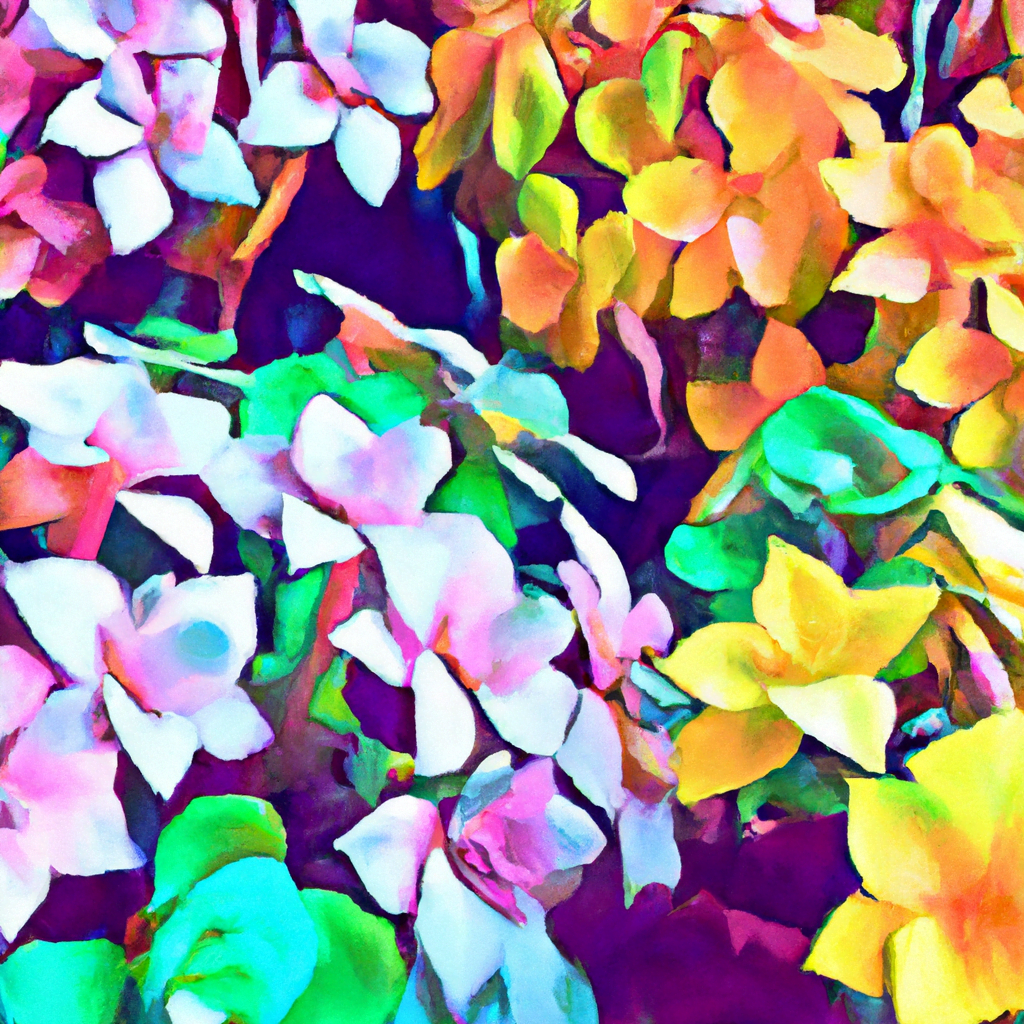Exploring Botanical Illustration: Celebrating Nature’s Beauty
Botanical illustration is a captivating art form that combines scientific accuracy with artistic expression. It has a rich history dating back centuries and continues to be appreciated and practiced today. This article delves into the world of botanical illustration, exploring its origins, techniques, and the impact it has on our understanding and appreciation of nature’s beauty.
The Origins of Botanical Illustration
Botanical illustration has its roots in ancient civilizations, where plants were depicted for medicinal and botanical purposes. However, it wasn’t until the Renaissance period that botanical illustration truly flourished. During this time, explorers and naturalists embarked on voyages of discovery, bringing back exotic plants from around the world. These plants needed to be accurately documented, leading to the rise of botanical illustration as a scientific discipline.
One of the most influential figures in the history of botanical illustration is Maria Sibylla Merian. Born in 1647, Merian was a German naturalist and artist who traveled to Suriname in South America to study and document the local flora and fauna. Her meticulous illustrations not only captured the beauty of the plants but also provided valuable scientific information. Merian’s work laid the foundation for future generations of botanical illustrators.
Techniques and Tools of Botanical Illustration
Botanical illustration requires a combination of artistic skill and scientific knowledge. The goal is to create a visually accurate representation of a plant while also capturing its essence and beauty. Here are some of the techniques and tools commonly used in botanical illustration:
- Pencil Sketching: Artists often start with a pencil sketch to outline the basic shape and structure of the plant.
- Watercolor Painting: Watercolors are a popular medium for botanical illustration due to their ability to create delicate and translucent effects.
- Botanical Pressing: Pressing and drying plants allows artists to work with specimens that may not be readily available or in season.
- Microscopy: Botanical illustrators often use microscopes to study the intricate details of plants, such as the structure of leaves and flowers.
- Photography: In modern botanical illustration, photography is often used as a reference tool to capture the fine details of a plant.
These techniques, combined with a deep understanding of plant anatomy and morphology, enable botanical illustrators to create highly accurate and visually stunning representations of plants.
The Role of Botanical Illustration in Science
Botanical illustration plays a crucial role in scientific research and education. It provides a visual record of plant species, allowing scientists to study and identify plants accurately. In addition, botanical illustrations are often used in field guides, textbooks, and scientific publications to aid in plant identification.
One notable example of the impact of botanical illustration on science is the work of Charles Darwin. Darwin’s groundbreaking theory of evolution was supported by his meticulous observations and illustrations of plants and animals during his voyage on the HMS Beagle. His illustrations helped him document the variations and adaptations of species, providing evidence for his theory.
Furthermore, botanical illustration has also contributed to the discovery of new plant species. In remote and unexplored regions, botanical illustrators often accompany botanists on expeditions, documenting and collecting plant specimens. These illustrations serve as valuable references for taxonomists who classify and name new plant species.
The Aesthetic Appeal of Botanical Illustration
While botanical illustration serves a scientific purpose, it also has a significant aesthetic appeal. The intricate details, vibrant colors, and delicate textures captured in botanical illustrations make them works of art in their own right.
Botanical illustrations have been featured in art galleries and exhibitions worldwide, attracting art enthusiasts and nature lovers alike. They have the power to evoke a sense of wonder and appreciation for the beauty and diversity of the natural world.
Moreover, botanical illustrations have found their way into various forms of design and decoration. They are often used in interior design, textiles, and stationery, adding a touch of elegance and natural beauty to everyday objects.
Botanical Illustration in the Digital Age
The digital age has brought new opportunities and challenges to the world of botanical illustration. While traditional techniques and tools are still widely used, digital tools and software have become increasingly popular among botanical illustrators.
Digital illustration allows for greater flexibility and experimentation. Artists can easily correct mistakes, adjust colors, and manipulate elements of their illustrations. Additionally, digital illustrations can be easily shared and reproduced, making them accessible to a wider audience.
However, some argue that the digital medium lacks the tactile and organic qualities of traditional botanical illustration. The texture of paper, the flow of watercolors, and the imperfections of hand-drawn lines are elements that cannot be replicated digitally.
Conclusion
Botanical illustration is a timeless art form that combines scientific accuracy with artistic expression. It has a rich history and continues to play a vital role in scientific research, education, and the appreciation of nature’s beauty. Whether created using traditional or digital techniques, botanical illustrations captivate viewers with their intricate details and vibrant colors. They serve as a visual record of plant species, aid in plant identification, and inspire a sense of wonder and awe for the natural world. As we celebrate the beauty of nature, let us also celebrate the skill and artistry of botanical illustrators who bring that beauty to life on paper.
